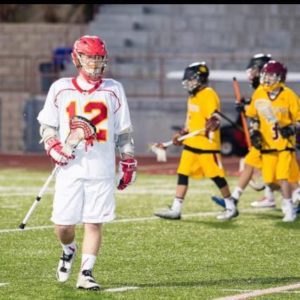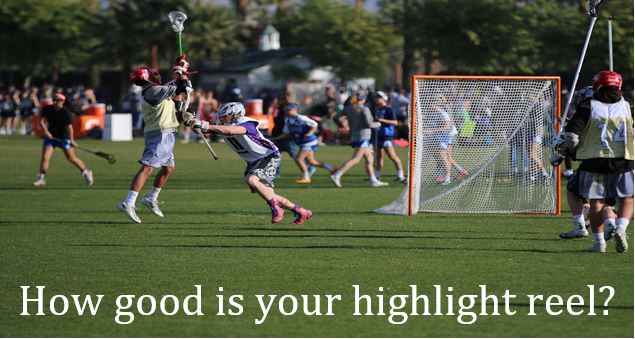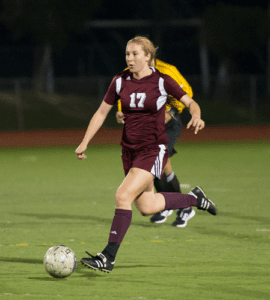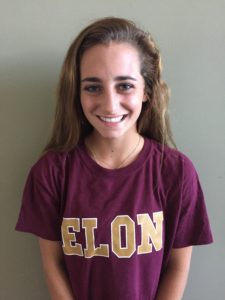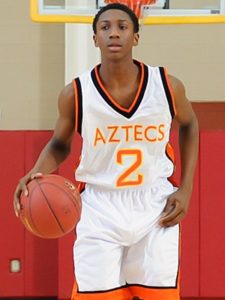Marcus Yandall Feature Athlete Interview – Elmhurst College
Posted by SportsForce in College, Commitments, Commitments, High School, Lacrosse, Recruiting, tags: athletic scholarship, college coach, College Coaches, college commitment, college lacrosse, college recruiting, Division III, elmhurst college, high school lacrosse, sportsforce, student athleteWe would like to congratulate Marcus Yandall on his commitment to Elmhurst College! Here are Marcus’ recruiting story and interview after his commitment. Good luck as a Bluejay!
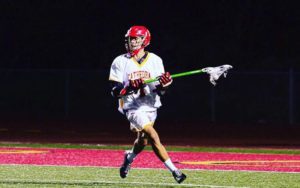
1. Please share your recruiting story and status.
The process was very long but was very exciting at the same time. Towards the beginning of high school I was so set on playing at a division 1 school, until I realized all of the advantages of attending a smaller school at the division 3 level. On August 25, I verbally committed to Elmhurst College.
2. What school are you going to, and why did you choose them?
I committed to Elmhurst College because I felt like it was the best all-around fit for me. I fell in love with the city of Chicago, the opportunity to be a part of the honors program and be involved in the biology program to prepare me for medical school, and the environment that coach Morrell and his staff are creating at the school was very intriguing.
3. How did SportsForce help in the process?
SportsForce definitely played a huge role in my recruiting process. It opened up opportunities with the schools that ended up being in my top 10 and allowed me to get in touch with coaches in a simple way. Also, the player profile that SportsForce sets up on their website for you helps a lot and makes it easy for the coaches to see everything they need from you in one setting.
4. What advice would you give to other players and parents with the recruiting process?
I would definitely recommend starting early and not being afraid of reaching out to college coaches. With kids as young as 8th grade committing, getting a highlight video out to coaches as early as possible is definitely a good start. Also, getting in contact with coaches of schools that you think you want to pursue is key; if they don’t know you, you have no chance of playing at that school.
5. How excited are you for your future in college?
I am extremely excited to be attending Elmhurst College next year. Living in Chicago is going to be a lot of fun and getting a great education at a high-achieving school and playing lacrosse for a program that is headed in the right direction are just a few of the exciting factors.
6. How much money do you anticipate your family saving in college expenses because of you being recruited?
I anticipate my family saving a total of around $80,000 over the course of my 4 years in college.
7. Would you recommend SportsForce to any other student-athletes? Why?
I would recommend SportsForce to any athlete looking to play a college sport because of all of the help their service provides. SportsForce really makes sure you end up at the best-fitting school and provides you the tools and resources you need to easily make contact with the coaches of your choosing.
Over the last five years, SportsForce has helped over 1,000 student-athletes and families successfully navigate the college recruiting and athletic scholarship process while saving families on average $50,000 in college expenses.




